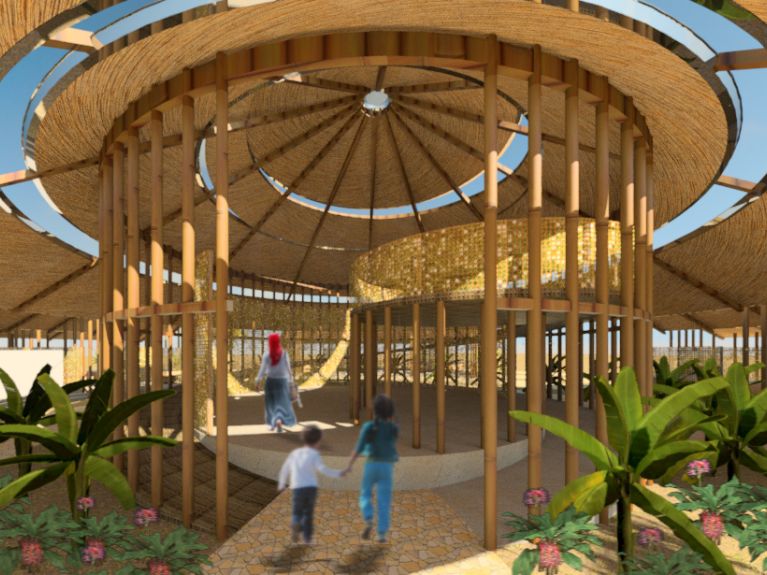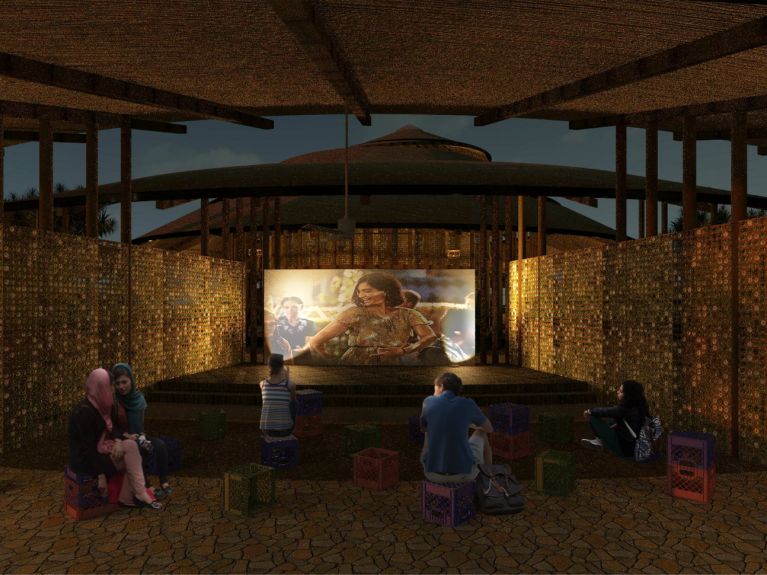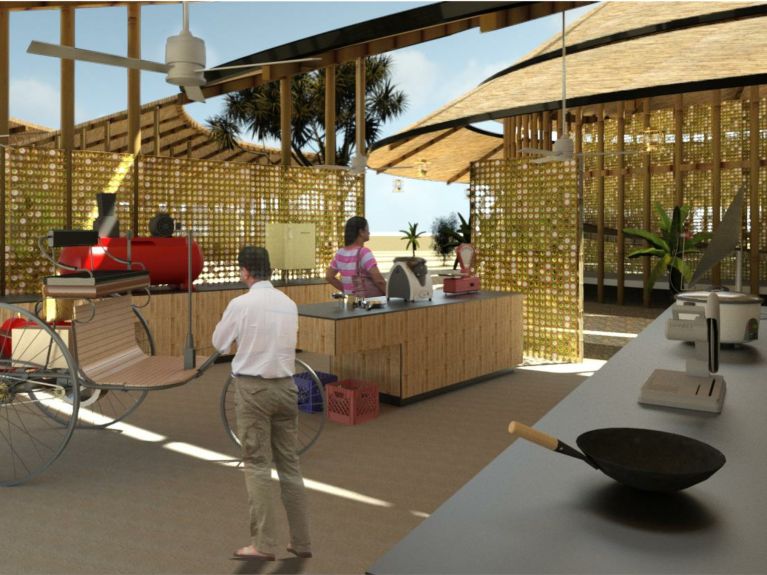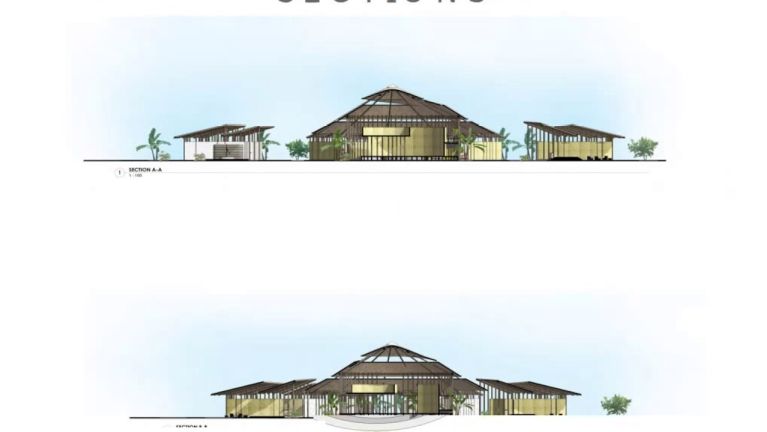Apavilion: Grassroots Innovation and Enterprise Solution, India
Create an inspiring and interactive space that will provide "rural solutions to rural problems".

Project name: Apavilion: Grassroots Innovation and Enterprise Solution
Project location: India
Dieses YouTube-Video kann in einem neuen Tab abgespielt werden
YouTube öffnenInhalte Dritter
Wir verwenden YouTube, um Inhalte einzubetten, die möglicherweise Daten über deine Aktivitäten erfassen. Bitte überprüfe die Details und akzeptiere den Dienst, um diesen Inhalt anzuzeigen.
Einverständniserklärung öffnenProject description:
In collaboration with the Gujarat Grassroots Innovation Augmentation Network (GIAN) and Professor Anil Gupta and his team we have worked together to showcase local community innovation enabling enterprise and sustainability to develop. GIAN have a plot of land in Amarapur and the desire to showcase innovations in the local community at a grass roots level. Our challenge is to create an inspiring and interactive space on this site that will provide ‘rural solutions to rural problems’ while enabling the community to have the confidence and ability to take ownership of the project.
In addition to creation an architecture response we also developed a prototype website of the sustainable enterprise possibilities for local business (https://amccart9.wixsite.com/apavillion/contact) understanding that the poor and uneducated have wisdom, skills and knowledge, the model seeks to respect the dignity of people who work with their hands by offering a place to showcase their innovations.
However, we also believe the model provides a valuable opportunity for women and children in the community to be empowered through education. Versatility and adaptability are key to both the uses and design of the building.
Our Apavilion model is based on a village; the beautiful towering foundation pavilion which forms the anchor of the space is the first structure to be built using handcrafted architecture. The smaller pavilion structures are purposely designed to be modular units which radiate out from the central pavilion. The inspiration for the design of the buildings is based on the ammonite shell. The outward spiral of the shell represents the simple origin of the project growing out as the needs demand, and becomes a metaphor for the healthy growth of a sustainable project. A Human-Centred design approach based on social innovation is key to understanding and including all the actors. And by incorporating this methodology of Design Thinking into our model, we can provide a balance between social participants and designer expertise.

Goal and purpose of the project:
- create an inspiring and interactive space on this site that will provide ‘rural solutions to rural problems’ 2) enabling the community to have the confidence and ability to take ownership of the project.
- respect the dignity and knowledge of people who work with their hands by offering a place to showcase their innovations.
- the model provides a valuable opportunity for women and children in the community to be empowered through education.
- promote local enterprise and financial sustainability, which we demonstrate at https://amccart9.wixsite.com/apavillion/contact
Motivation of the applicant / applicant team:
Our motivation for this project has been strong from its inception. As a group of five university students over two different disciplines, we have welcomed the opportunity to not only work as a group but learn from each other. As well, many potential barriers such as culture over two very different countries, provided a remarkable learning experience which we fully embraced. One of the first stumbling blocks identified to start this project was simply ‘to get started’. The consensus of the wider community is difficult to co-ordinate before this project can be actioned. As such, it was useful for us to carefully consider models that already existed and had a proven track record. Bunker Roy is the founder of Barefoot College, which helps rural communities become self-sufficient. Bunker Roy has been successful because he has understood one crucial point about development projects in rural areas;
for the project to live on, it must be organic, sustained and owned by those it serves. In particular, the model needs to be organic because a wicked problem can be considered a symptom of another issue, and as one problem is solved, another one manifests itself. Bunker Roy believes that nothing should be free. He also believes that men are untrainable and women are the richest assets of the community. (And who are we to argue with Bunker? ) Our model draws on the valuable resource of women in the community to manage the business, empowering them as they are being paid to do so. Decentralizing the system down to the household level puts faith and trust in these ‘gatekeepers’ of the community, who have a vested interest in succeeding for the families. And if our project enables and supports these essential gatekeepers or women of the community to improve the lives of themselves and their families, we will feel empowered ourselves, which
is our ongoing motivation.

Use of prize money
Our group has a vested interest in following through with this project. And while our detailed research has been important in informing our design, at this stage the project is still conceptual. We are keen to take the project to next level and deliver a complete architectural documentation package which GIAN could use to tender the construction of the pavilions. Funding for the group to travel to Amarapur, India from Australia would be critical in doing site evaluations to this end.
More importantly, we would have the valuable opportunity to communicate first hand and build empathy with all the stakeholders of this project as we believe that to fully follow through, our design must be tested by its end users. Our driving force has been the ambitious aspiration of actually being able to make a difference in a real life situation. We would be gratified and excited to develop the enormous potential this project has to contribute back to the community. We ask that you will consider funding our project further, enabling us to complete our work to a purposeful and productive conclusion
